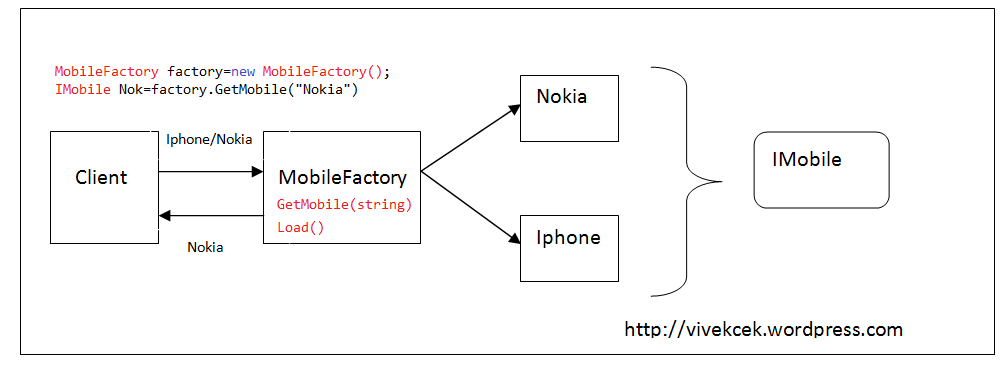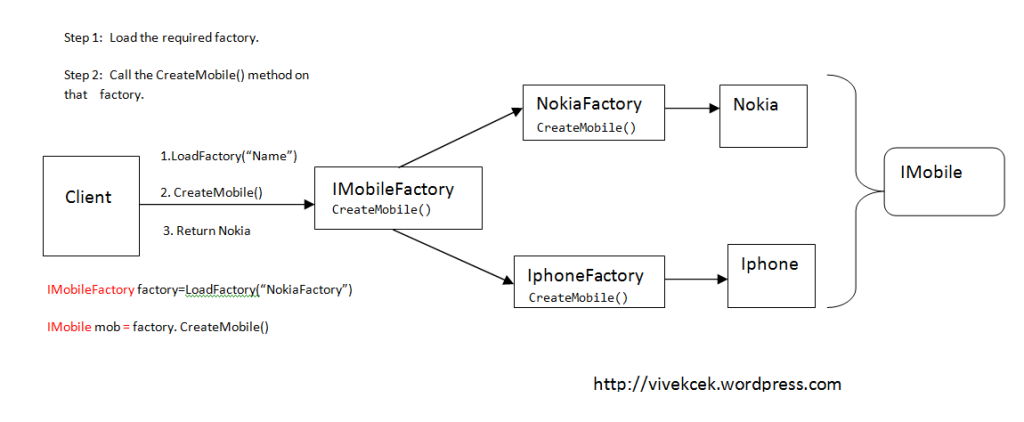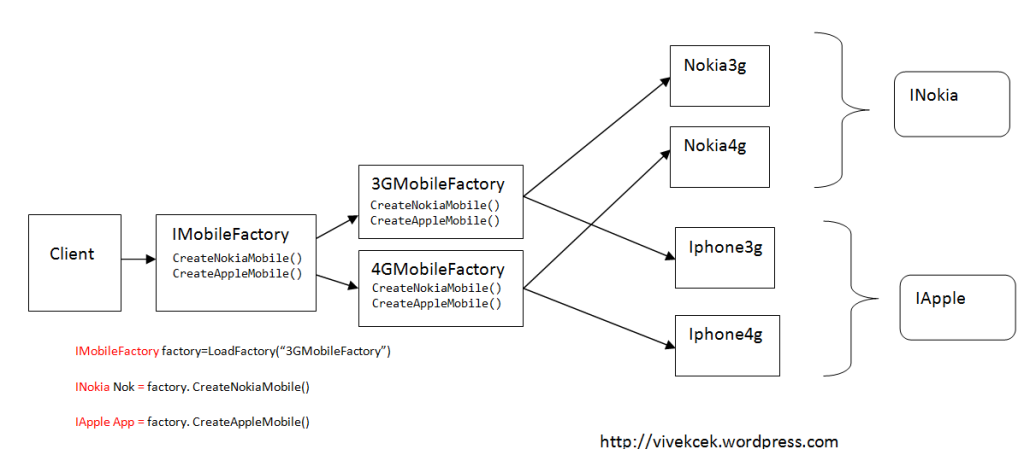This pattern enables an algorithm’s behavior to be selected at run-time.
The strategy pattern:
defines a family of algorithms
encapsulates each algorithm, and
makes the algorithms interchangeable within that family.
We can look at practical implementation in an e-commerce website.
The customer make an order and select a shipping method, based on the shipping method we need to calculate the shipping cost.
The above problem can be solved with strategy pattern.
First we will define an interface that represent our strategy
using System;
using System.Collections.Generic;
using System.Linq;
using System.Text;
using System.Threading.Tasks;
namespace StrategyPattern
{
public interface IShippingStrategy
{
double GetShippingCost(Order order);
}
}
Now we will define the concrete implementation of our strategy
Blue Dart
using System;
using System.Collections.Generic;
using System.Linq;
using System.Text;
using System.Threading.Tasks;
namespace StrategyPattern
{
public class BlueDart : IShippingStrategy
{
public double GetShippingCost(Order order)
{
return 30.0;
}
}
}
Professional
using System;
using System.Collections.Generic;
using System.Linq;
using System.Text;
using System.Threading.Tasks;
namespace StrategyPattern
{
public class Professional:IShippingStrategy
{
public double GetShippingCost(Order order)
{
return 50.0;
}
}
}
India Post
using System;
using System.Collections.Generic;
using System.Linq;
using System.Text;
using System.Threading.Tasks;
namespace StrategyPattern
{
public class IndiaPost:IShippingStrategy
{
public double GetShippingCost(Order order)
{
return 10.0;
}
}
}
Now we will define our context class
using System;
using System.Collections.Generic;
using System.Linq;
using System.Text;
using System.Threading.Tasks;
namespace StrategyPattern
{
public class ShippingContext
{
private IShippingStrategy _startegy;
public ShippingContext(IShippingStrategy strategy)
{
_startegy = strategy;
}
public double GetShippingCostForOrder(Order order)
{
return _startegy.GetShippingCost(order);
}
}
}
Now we can use our pattern
using System;
using System.Collections.Generic;
using System.Linq;
using System.Text;
using System.Threading.Tasks;
namespace StrategyPattern
{
class Program
{
static void Main(string[] args)
{
Dictionary<int, IShippingStrategy> _stratagies = new Dictionary<int, IShippingStrategy>();
_stratagies.Add(1, new BlueDart());
_stratagies.Add(2, new Professional());
_stratagies.Add(3, new IndiaPost());
Console.WriteLine("Your order created");
Console.WriteLine("Select Shipping Method");
Console.WriteLine("-----------------------");
Console.WriteLine("1. BlueDart");
Console.WriteLine("2. Professional");
Console.WriteLine("3. India Post");
int choice=Convert.ToInt32(Console.ReadLine());
ShippingContext context = new ShippingContext(_stratagies[choice]);
Console.WriteLine(context.GetShippingCostForOrder(new Order()).ToString());
Console.Read();
}
}
}
Order class is just a mock class.
















You must be logged in to post a comment.